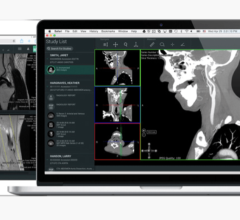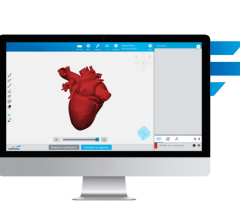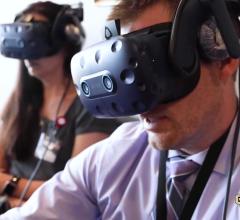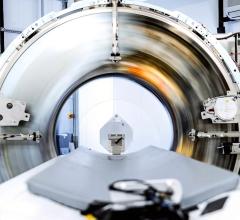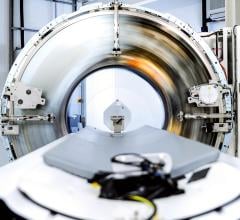By Nadim Daher, Industry Analyst - Medical Imaging, Frost & Sullivan
December 6, 2007 - More so than in previous years, the imaging informatics arena at RSNA 2007 appeared to be less dominated by PACS and more by advanced visualization and analytics solutions such as 3D/4D imaging, CAD, multimodality image fusion and so on. The clinical utility of such tools does not need further demonstration today. In fact, these tools call for investment in the latest imaging systems by allowing for a meaningful interpretation of ever-growing and diversifying image datasets. However, it is the workflow model that these solutions propose that is becoming top-of-mind for every stakeholder in the imaging enterprise.
While it is important to be able to manipulate, analyze, measure, quantify and be guided through 3D reconstructions, the challenge lies in the ability to do so in a workflow-efficient, and thereby cost-efficient, fashion. For the radiologist, having to log in to multiple systems, or worse, to move physically to different workstations reduces productivity as well as satisfaction levels. The lack of system integration, which limits the usability of the findings in the diagnosis process and the final report, isolates these systems in the imaging workflow. For the CIO, the replication and transfer of large datasets, which adds strain to an already over-utilized network and storage infrastructure, challenges the management and the ROI on these systems.
The modality OEMs’ scanner workstations, which constitute the façade for their newest CT, MR and other PET/CT multimillion-dollar imaging equipments, were demonstrating wonderful features, processing speed and image quality for booth strollers to admire. Only a small part of the functionality is currently available on these vendors’ PACS systems, as this requires significant additional development efforts that remain works-in-progress for several years, let alone providing a way to incorporate them on third-party PACS systems.
For third-party advanced visualization vendors, the buzzword this year was no longer ‘cardiac’ but ‘enterprise.’ Many vendors have expanded their solutions portfolio to additional clinical areas and sell direct to end-users. However, the vendors are now focusing on the delivery model for their applications, most notably over thin clients, through third-party PACS systems or over the Web. This allows distributing advanced imaging and analytics throughout the enterprise, where users other than radiologists are starting to express interest.
The advances made in the mainstream IT industry, offering more efficient server-client technology and more powerful computing platforms, whether it be CPU-based, GPU-based or application-specific (ASIC), are proving highly beneficial to radiology IT where the need for workflow integration, IT consolidation and centralization is higher than ever before.
The advanced visualization industry is starting to exhibit signs of its fragmentation (now past this phase, the PACS industry seems to be consolidating again). However, the message coming out of all tiers of competition, including workstation vendors, PACS vendors and OEM vendors of advanced visualization technology, is consistent and expresses the understood benefit of integrated solutions in enabling the efficient use of advanced visualization in the imaging workflow.

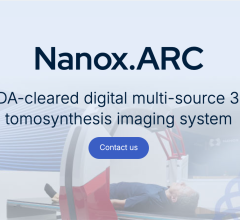
 April 18, 2025
April 18, 2025 


